Copyright, Permissions, and Fair Use Among Visual Artists in the Academic and Museum Visual Arts Communities A Report to the College Arts Association by Patricia Aufderheide et al.
Fair Use for the Visual Arts College Art Association. "This Code of Best Practices provides visual-arts professionals with a set of principles addressing best practices in the fair use of copyrighted materials."
Images: A Guide to Finding Visual Resources: Copyright. Cornell University. "The re-use of images for educational purposes (not including print or electronic publication of any kind) is generally considered acceptable under the terms of fair use. If you wish to publish images online or in print, even if for educational purposes, you will first need to determine whether or not the image is protected by copyright, then find out how to get copyright clearance."
Visual Resource Association VRA publishes guides to intellectual property rights, copyright, and fair use of digital images for academic use. See also their Statement on the Fair Use of Images for Teaching, Research and Study.
Visual Resources: Copyright & Citation Help Yale provides a guide to digital image resources and methods of proper citation.
If you plan to use online images in your published work, be certain to verify the image and identify the copyright holder, asking permission for use as required. Social media sides have their own guidelines, rules and regulations that you should familiarize yourself with. There are also many sources of free and licensed images that available online, or, create your own!!!
Finding Public Domain & Creative Commons Media (Harvard Law School) Finding Public Domain & Creative Commons Media. A place to find images that are in the public domain or openly licensed, which means you won't need to seek permission to use them.
Five Ways to Verify an Image and Identify the Copyright Owner (Pixsy) These include looking for image credits or contact details, looking for a watermark, checking the images metadata, and trying a Google reverse image search.
A Guide to Online Images Copyright and Fair Use Laws (RivalIQ) A straightforward (and sometimes funny) site presenting the basics of copyright and fair use, offering some safe options for using online images, resources for creating your own images, and sites where you can access free or stock images to use in your published work.
Copyright Fair Use and How it Works for Online Images (Social Media Examiner) An introduction to copyright with an emphasis on the use of images, with a useful little checklist "5 Things to Think About Before Using Copyrighted Images".
Image Resources (UCLA Library) "This Library Research Guide is intended as a starting place for UCLA researchers, pointing to resources and strategies for finding and using image resources." This site includes only sources of open content and public domain images.
University of Washington, University Libraries. They have (2) great resources:
Images: Image Citation. This online resource gives you a few examples of how to cite or attribute images using styles such as MLA8, APA2009, and Chicago.
Virtual Resource Center: Understanding Copyright (Vanderbilt University) This library resource, from experts with deep experience in using images in your published work, provides links to a large variety of resources, including direction in the use of images of public art, film and museum collections.
Music and Copyright Washington State University provides information about playing protected music, as well as making or using music in an educational setting.
Scope of Exclusive Rights in Sound Recordings Cornell University offers access to laws regarding the right to use copyrighted sound recordings.
Copyright Registration for Sound Recordings The United States Copyright Office offers valuable instruction regarding copyright of sound recordings.
Copyright Laws for Performance Art Dr. Louis E, Catron, College of William and Mary.
Copyright Laws as it Relates to Performance Rights This article, published by the Music Business Journal at the Berklee College of Music, provides a glimpse of the history of copyrighting sound recordings. It also addresses music, radio, and performance.

